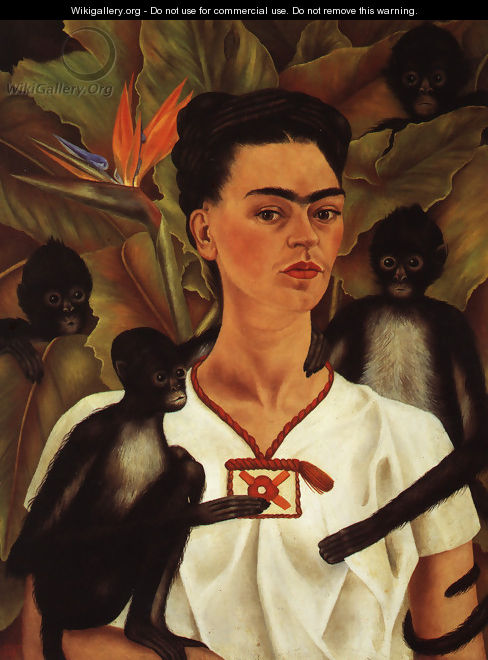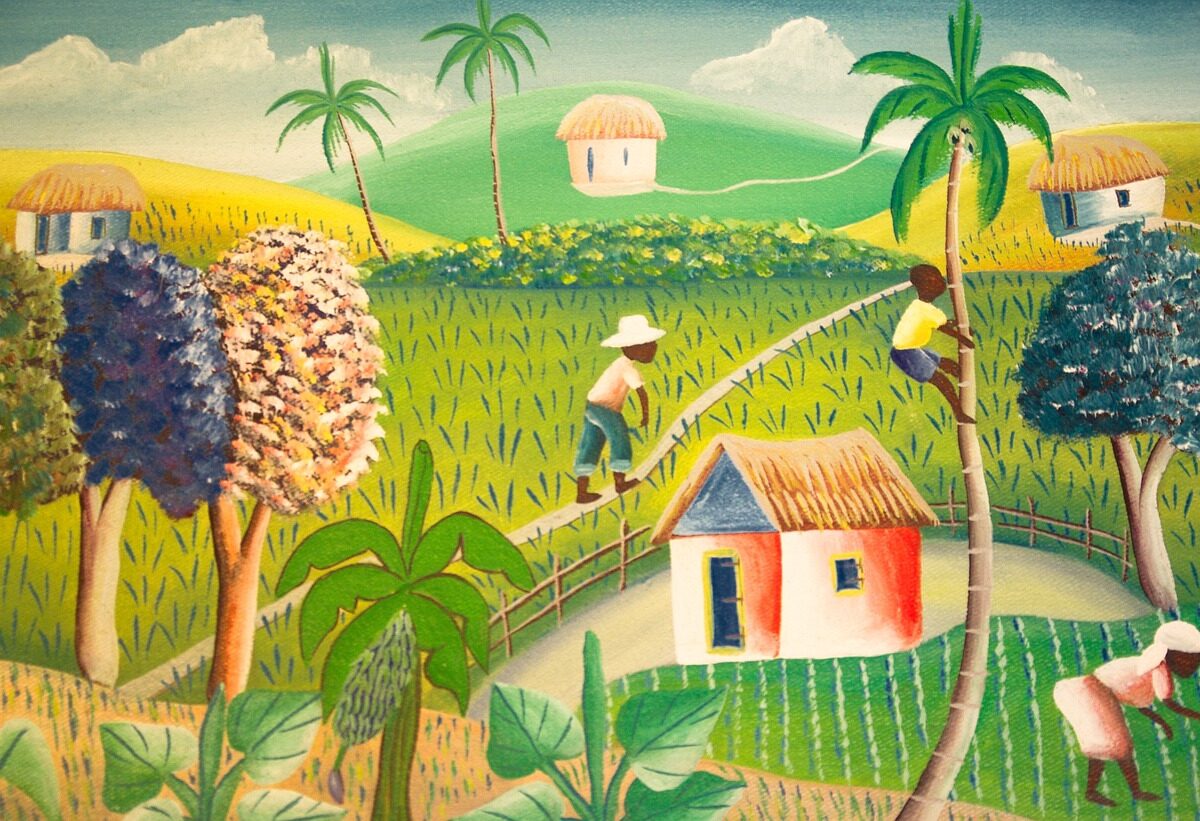Spain’s centuries-long witch hunt killed 700 women – in the region.
Estimates indicate that roughly 30,000–60,000 people were executed during this era of persecution with 80,000 people accused. I learned only recently that Puerto Rico the epicenter of the Spanish Inquisition, beginning in 1519 and extending through 1820 with hundreds of trials being conducted on the island.
One well documented, intriguing case that has been obscured is that of Paula de Eguiluz, who was born to enslaved African parents in Puerto Rico, in 1590. A respected healer and culandera, known for her herbal remedies and love spells, she had only been emancipated for two years, making her living as a washerwoman and spiritualist, before she was accused of witchcraft, and deported to Cartagena de Indias from Cuba.
Incredibly, she was tried for witchcraft three times!
How her story has not been made into a telenovela, best selling novel or Netflix series, I do know but I hope someone is out there picking up what I am laying down.
Her story is full of drama, sex and power.
You see Paula was incredibly connected, having been sexually exploited by her masters and carrying on affairs as a freedwoman. Extremely well dressed, she was said to possess nine skirts, seven bodies, six shirts, and four headscarves. All new and expensive, she owned (despite being in the balmy Caribbean tropics); heavy wool skirts lavishly dyed in blue, scarlet, dark green, and dark gold, damask skirts, dyed blue or yellow, decorated in silver, and luxurious bodices, blue with gold braiding, green and scarlet with silver buttons, and white and yellow with silver braiding.
She pushed back and fought a courageous battle, providing testimonies, during numerous hearings and lashings, where she defended herself as a healer while being demonized for her bold and elegant appearance, her sexuality (consensual or not), her infamous perceived powers of seduction, and her arsenal of incantations and potions.
In the end, after her third and final trial, according to most accounts she is accused, sentenced to the death penalty. Yet due to her political connections, more specifically being called to help an ailing bishop, it is said that a full decade later she was still practicing as a “repentant” healer.
The “witch hunt” it seems has always been about social control, suppressing power and state-sponsored ways to confiscate wealth, property and homogeneity
For further reading, see my curated list below:
- Block, Kristen. Ordinary Lives in the Early Caribbean: Religion, Colonial Competition, and the Politics of Profit. Athens : University of Georgia Press, 2012.
- Guengerich, Sara Vicuña. “The Witchcraft Trials of Paula Eguiluz, a Black Woman in Cartagena de Indias 1620-1636.” In Afro-Latino Voices: Narratives from the Early Modern Ibero-Atlantic World, 1550-1812, edited by Kathryn Joy McKnight and Leo J. Garofalo, 175-193. Indianapolis, Indiana: Hackett Publishing Company Inc., 2009.
- Landers, Jane. “The African Landscape of 17th Century Cartagena and its Hinterlands.” In The Black Urban Atlantic in the Age of the Slave Trade, edited by Jorge Cañizares-Esguerra, Matt D. Childs and James Sidbury, 147-162. Philadelphia, University of Pennsylvania Press, 2013.
- Olsen, Margaret M. Slavery and Salvation in Colonial Cartagena de Indias. Gainsville, FL: University Press of Florida, 2004.
- Von Germeten, N. (2020). Paula de Eguiluz, Seventeenth-Century Puerto Rico, Cuba, and New Granada (Colombia). In E. Ball, T. Seijas, & T. Snyder (Eds.), As If She Were Free: A Collective Biography of Women and Emancipation in the Americas (pp. 43-57). Cambridge: Cambridge University Press.
- Fernando Tarrida del Mármol, The Inquisition in Porto Rico
- Kathryn Joy McKnight (2016) Performing double-edged stories: the
three trials of Paula de Eguiluz, Colonial Latin American Review, 25:2, 154-174, DOI:
10.1080/10609164.2016.1205243
http://dx.doi.org/10.1080/10609164.2016.1205243






